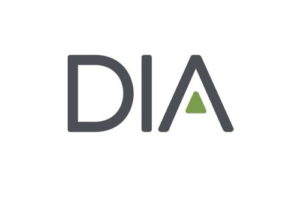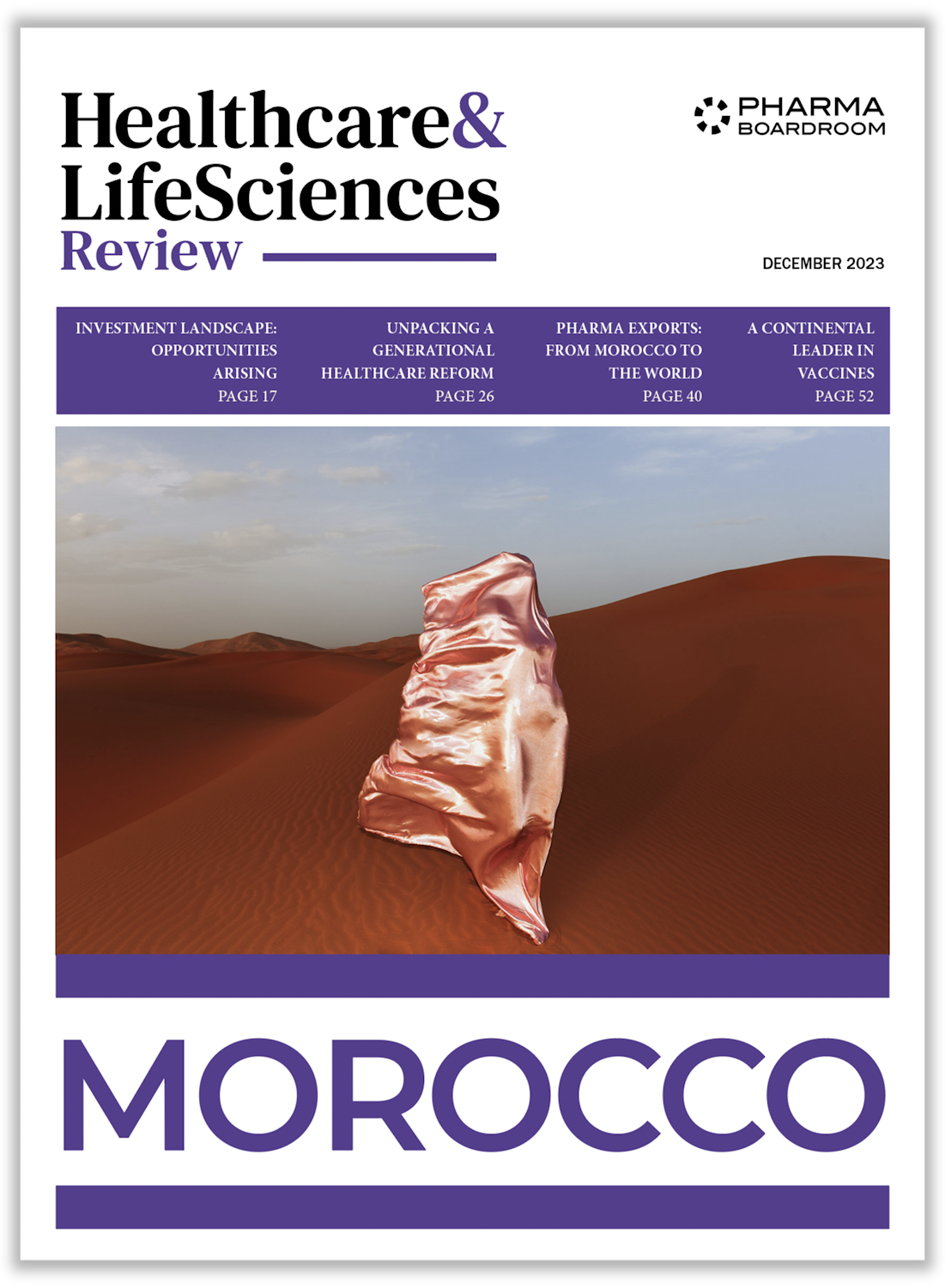Writing in DIA’s Global Forum magazine for June 2024, Mamoru Narukawa of Kitasato University Graduate School of Pharmaceutical Sciences takes a look at some of the positive trends impacting Japan’s drug pricing system.
In Japan, the reimbursement unit price of each drug is set by the government as the official price, which is applied universally in every medical institution (hospital, clinic, etc.) and pharmacy. The standard method of calculating the price of a new drug is called “a comparator method,” in which the new drug’s price is calculated by reference to the price of a similar drug on the market. Additionally, when the drug meets prescribed criteria, premiums for innovativeness/usefulness (5%-120%), orphan drugs (5%-20%), and pediatric drugs (5%-20%) are added to the calculated price. If no comparable drug is available, “a cost accounting method” is applied, in which the price is calculated based on relevant costs including manufacturing costs, sales and general administrative costs, operating profit, and marketing and distribution costs. Premiums for innovativeness/usefulness, orphan drugs, and pediatric drugs are added in these cases as well. In either case, the price of a new drug is set within 60 days after the marketing approval, in principle. This system ensures transparency as well as predictability in drug pricing.
However, the price of every drug on the market is revised downward by the government biennially/annually based on the market price. Because of the buying powers of hospitals/clinics/pharmacies, and competition with similar drugs and generics, the wholesale price of a drug sold to the institutions keeps falling, usually lower than the price reimbursed by insurers to these institutions. The government surveys this wholesale price and aligns (lowers) the reimbursement price to it, with some margin allowed. (This percentage depends on the product because the difference between the reimbursement price and market price varies by product.) Thus, in Japan virtually all drugs undergo price cuts every year or two. In addition, for blockbuster drugs exceeding a predetermined threshold, MHLW (the Ministry of Health, Labour and Welfare) reduces prices according to the rule of market expansion repricing*. This rule is often criticized by industry as “punishment” for innovation and as an impairment of pricing predictability.
Access to innovative medicines is an important public health concern. From the late 2000s to the early 2010s, with a view to alleviating the drug lag, MHLW issued several guidelines, including Basic Principles on Global Clinical Trials, to promote multiregional clinical trials that support timely registration of new drugs in Japan. In addition, the Price Maintenance Premium (PMP), which exempts certain patented drugs from the above-mentioned price revision, was introduced in 2010. Thanks also to great efforts by industry, research has shown that the drug lag has declined substantially.
Read the full article on the DIA Global Forum website.



